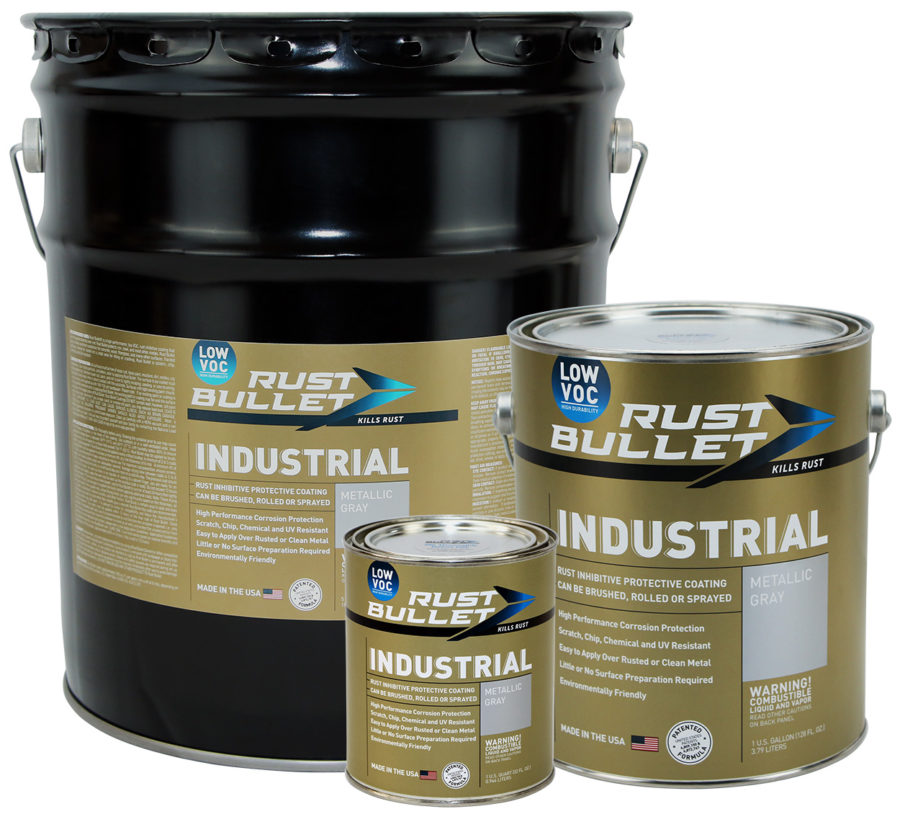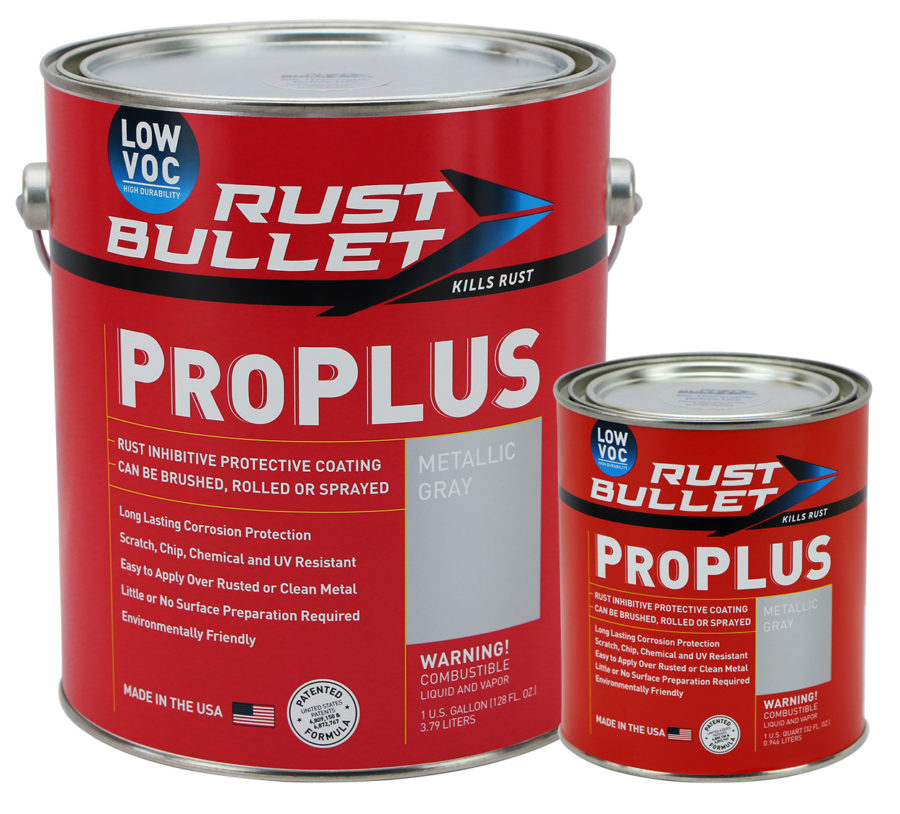Learn how to apply rust inhibitor paints for best results
You spent hundreds of thousands of dollars (if not more!) on building and equipping your factory, warehouse, farm or office building. You also likely spend a lot more on maintenance and upkeep too – just to ensure your assets work the way they are supposed to. But one rusty part, or a single corroded component can undo all that. And the only way to prevent that from happening is to use high-grade rust inhibitor paints.
So, how to apply rust inhibitor paints so that you get the best results out of them? Read on and we’ll tell you how!
Science and art combined
Rust inhibitor paints use a lot of science to inherit their rust prevention qualities. There are chemicals and formulas involved. And then, there are quality control techniques and testing standards applied to the entire process. However, there’s also an art to successfully using the final products.
- Surface Prep: Always use these products on dry surfaces. Use wire brushes, light sandpaper or scrapers to dislodge lose paint or rust before applying any inhibitor
- Product Prep: Stir products sufficiently so they appear homogenous and uniform in consistency. Avoid using the product in temperatures above/below the manufacturer’s specifications. If product requires thinning, use an appropriate thinner to make it ready for application
- Product Application: The best quality products can be applied using rollers, brush or spray equipment. If more than one application is recommended, ensure you let previous coats dry completely before the next application. And always apply only under manufacturer-specified recommended temperatures – and never in conditions of precipitation (rain, snow, dew or fog)
- Product Storage: Store products in dry conditions, and in temperatures that prevent them from hardening. Use material like Bloxygen to release cured products in partially used containers. Always be aware of the shelf life of your product so you can plan your next usage when storing your supply
Knowing how to apply rust inhibitor paints properly also involves using appropriate safety measures. In some instances, you may need to use protective gear, such as face masks or gloves. Also, some formulas may release vapor and gasses during application. To deal with that situation, make sure the application room/area is well ventilated.
It’s all about making the right choice
It’s true that learning the right technique for how to apply rust inhibitor paints is important to a rust-prevention strategy. Your choice of surface prep, product prep and application measures will go a long way in delivering you the level of rust protection you need. However, making the right choice about the products you use makes all the difference too.
With years of manufacturing and marketing high-quality rust inhibitors for commercial, industrial and residential use, the Rust Bullet line of products have everything you need to keep rust at bay. From factory and farm equipment, to trucks, cars and roads and bridges, these products have a track record that’s next to none other on the market.
It’s no wonder then that the industry voted Rust Bullet’s rust inhibitors as best in class for what they do – prevent rust from ever taking hold on your assets!



















